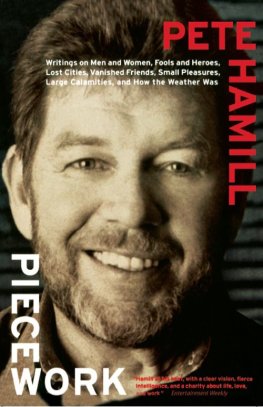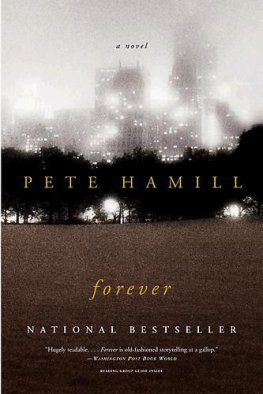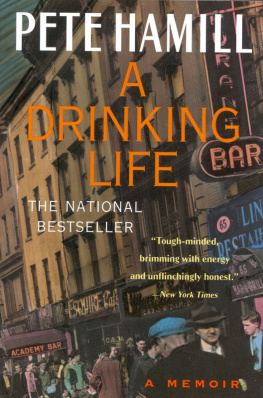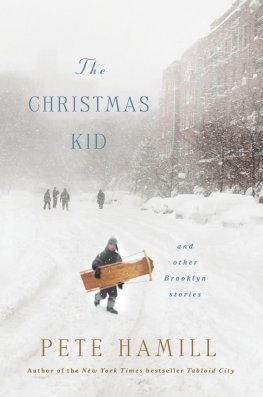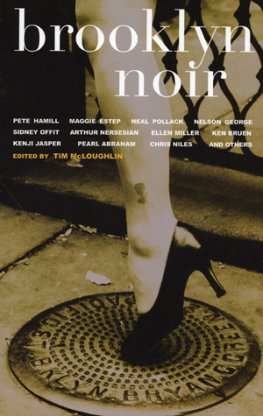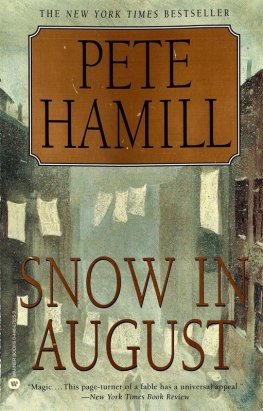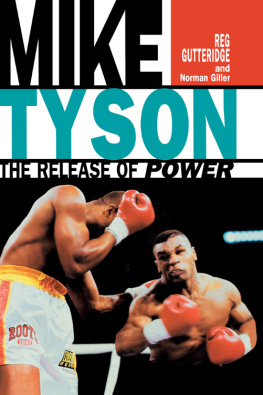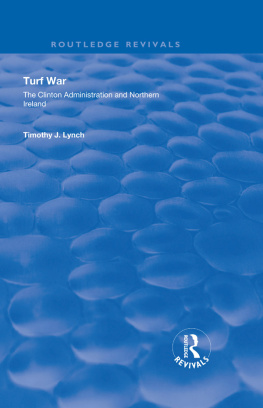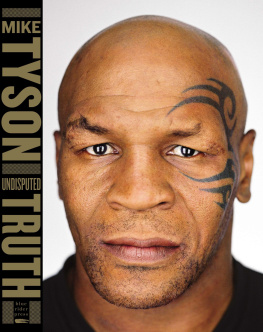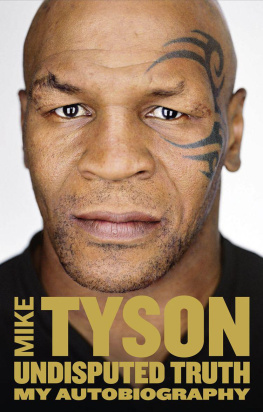This book is for
EDWARD KOSNER
Acclaim for Pete Hamills
PIECEWORK
Full of the passions, action, opinions, and excesses one would expect from a man moving through all the journalistic hot spots of the last quarter century The best of the book is flamboyant, fierce, and funny.
Philadelphia Inquirer
Rock-solid Hamill has a great eye and ear for detail and nuance, and the talent to evoke a real sense of places that no longer exist, especially the New York City of his childhood.
Chicago Tribune
Acute. Candid. Courageous. Eloquent. Humane Hamills best may be the best of the genre.
San Antonio Express
A tour through the most frightening and fascinating decades of our lifetime, by a guide who has been in the front of the bus all the way Nearly all of Hamills ruminations on the dark edges of society are as fresh as tomorrows headlines.
Virginian-Pilot
Hamill takes the mundane and the great, spins them through his psyche, and delivers absolute poetry of the streets Without so much as an adjective or adverb, Hamill puts you where he is, right at the table (or under it), club-crawling with Frank Sinatra, arguing with Mike Tyson, or (verbally) dissecting Madonna.
Milwaukee Journal Sentinel
Hamill has been writing for more than thirty years. Yet he retains a passion, a curiosity, a disgust for injustice that keeps his writing fresh and his spirit young. He delivers pieces of the world in thousand-word chunks that sound like truth, well-told; that inform and nourish. That, nothing else, is the standard measure of Piecework.
Buffalo News
NOVELS
A Killing for Christ
The Gift
Dirty Laundry
Flesh and Blood
The Deadly Piece
The Guns of Heaven
Loving Women
Snow in August
SHORT STORY COLLECTIONS
The Invisible City
Tokyo Sketches
JOURNALISM
Irrational Ravings
Piecework
MEMOIR
A Drinking Life
Acclaim for Pete Hamills Piecework
Books by Pete Hamill
Copyright
Acknowledgments
Introduction
PART I: THE CITIES OF NEW YORK
The Lost City
The Secret City
On the Street/I
God Is in the Details
On the Street / 2
Bridge of Dreams
Spaldeen Summers
City of the Damned
PART II: THE LAWLESS DECADES
Notes from Underground
White Line Fever
The Last Mob Guy
On the Run
Crack and the Box
Facing Up to Drugs
PART III: MEXICO
City of Palaces
City of Calamity
Under Lowrys Volcano
In Zapata Country
El Nobel
In Puerto Vallarta
The Tortilla Curtain
PART IV: OUT THERE
Vietnam, Vietnam
Ireland
Lebanon
Nicaragua
Prague
PART V: TALENT IN THE ROO
JFK
Sinatra
Gleason
Franz
Keith
Cus
Tyson
Madonna
Fosse
PART VI: POSITIO PAPERS
Black and White at Brown
The New Race Hustle
A Confederacy of Complainers
Letter to a Black Friend
The New Victorians
Endgame
PART VII ROLLING THE DICE
52
Reprieve
As a writer for newspapers and magazines, Ive been blessed by good editors. Ive acknowledged elsewhere the inspiring influence of Paul Sann, who in my mind will always be the editor of the New York Post. At that newspaper, I was also guided by Fred McMorrow, Al Davis, Joe Rabinowitz, and Bob Friedman. At the New York Daily News, the late Sid Penner edited my columns with a masters precision, while Pucci Meyer refined and clarified the longer articles and short stories I wrote for that newspapers Sunday magazine. At the Village Voice, Karen Durbin, Tom Morgan, and, later, Don Guttenplan were all fine editors of my pieces. At Esquire, Dave Hirshey has been ingenious at anticipating themes and stories that would remain fresh in spite of that magazines long lead time.
Early on, I learned many things about craft from Jack Nessel, Clay Felker, and Milton Glaser, when they worked together at New York magazine. Nessel placed his loupe upon my texts (and those of others) and with humor and patience worked only to make them better. Felker was always bursting with ideas and discoveries and enthusiasms, but Glaser edited Felker; listening to their debates was essential to my education. Under a later regime at New York, I was fortunate to be edited by Peter Herbst and Dick Babcock; they maintained the high standards established by the founding editors.
In a long, varied career, there were many others: Steve Gelman, Ray Robinson, Bill Ewald, Don McKinney, Seymour Krim, Wayne Lawson, Myra Appleton, Barry Golson, Peter Moore, Harvey Shapiro, George Walsh, Richard Kluger, Linda Perney, Jeff Schaire, Peter Biskind, Harriet Fier, and, in a later enlistment at the New York Post, Jerry Nachman, Richard Gooding, Eric Fettman, John Cotter, and Lou Colasuonno. Even brief encounters with their skills have added to my craft. Directly or indirectly, their work is in this book too.
But across the years, one magazine editor has provided a special kind of continuity. Ed Kosner was assistant night city editor at the New York Post on my first night in the city room. He edited my first piece of copy. Later, as editor of New York magazine for twelve years, he assigned many of the articles in this book. A lifetime has passed, and were still working together, now at Esquire, where Kosner is the editor. Hundreds of thousands of my words have come under his pencil. With his efficiency, clarity, and intelligence, he has always helped make them better. We communicate in a kind of intellectual shorthand, a few words here, a note there, and then back to the typewriter or computer. In a trade populated by prima donnas, weve never exchanged a harsh word. More important, were friends. Un abrazo, Eduardo.
For thirty-five years now, I have worked at the writing trade. Writing has fed me, housed me, educated my children. Writing has allowed me to travel the world and has provided me with a ringside seat at some of Americas biggest, most awful shows. Writing has permitted me to celebrate and embrace many public glories and to explore the darkest side of my own personality. Writing is so entwined with my being that I cant imagine a life without it.
Usually, I work every day, seven days a week, at the tradesmans last. When I go three days without writing, my body aches with anxiety, my mood is irritable, my night dreams grow wild with unconscious invention. Because I write fiction and journalism, I follow no set routine. Struggling with a novel, Ive spent months at my desk, a bore to those who live with me. But when laboring at journalism, the days are more jagged, the hours broken by telephone calls, interviews, research in libraries or newspaper morgues. The desk has its attractions, but Ive also worked in parked cars, in a hotel lobby where the air burned with tear gas, in a tent under a mortar attack. In my drinking days, I wrote in the back rooms of bars, too. Ive written longhand on yellow pads and restaurant menus. Feeding coins into a pay phone, Ive dictated complete paragraphs from scribbled notes. I started with manual typewriters and now use a computer. The work does not get easier.

